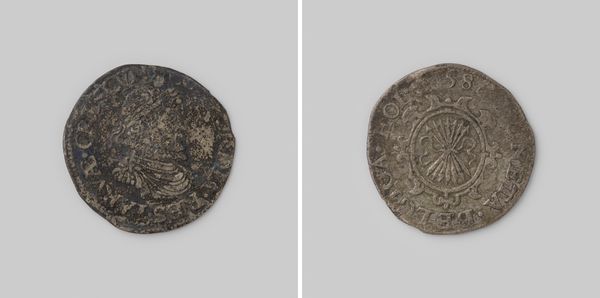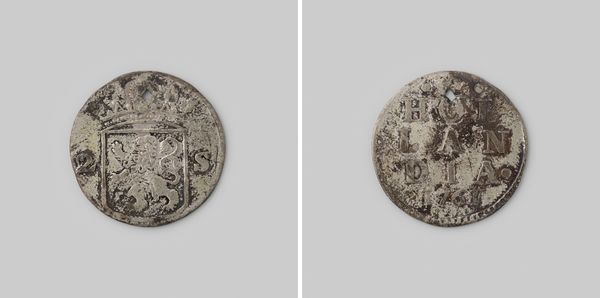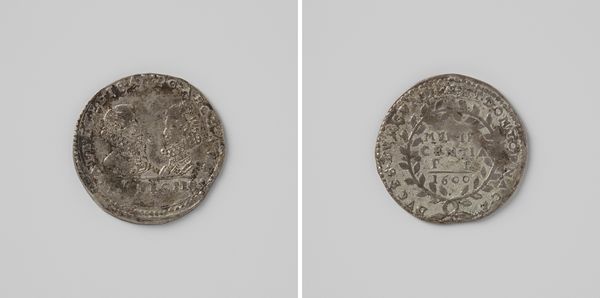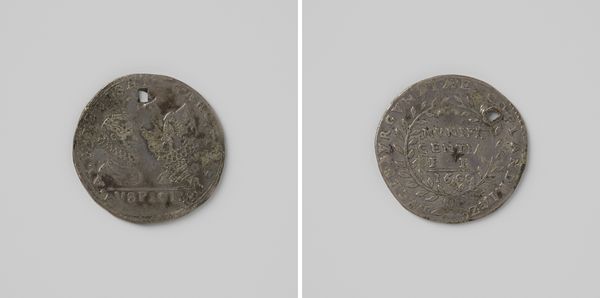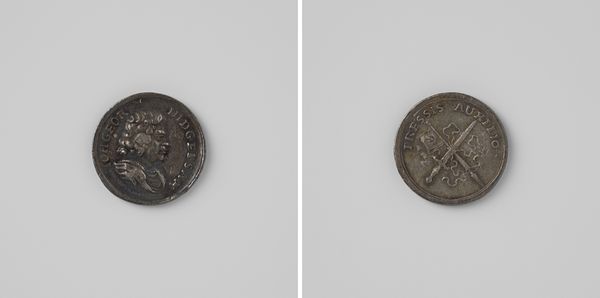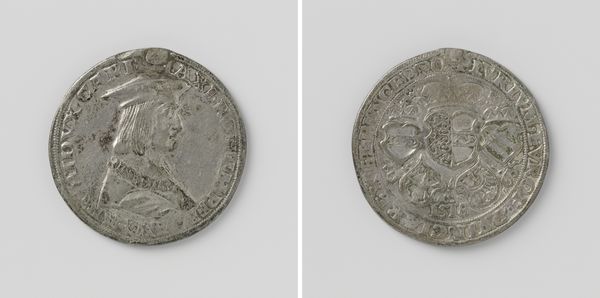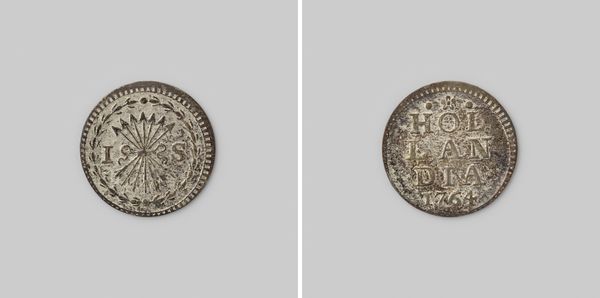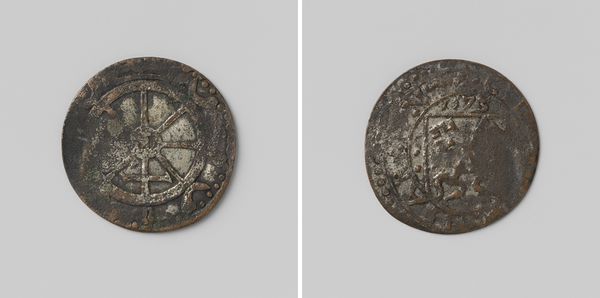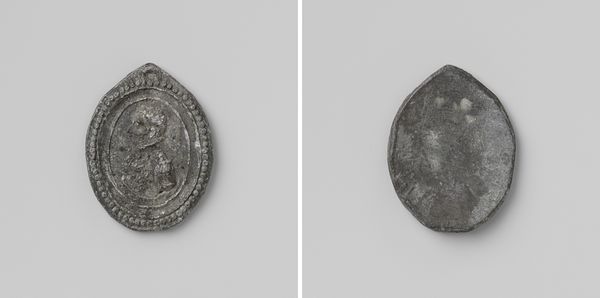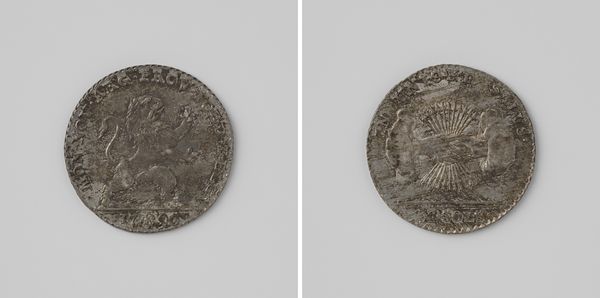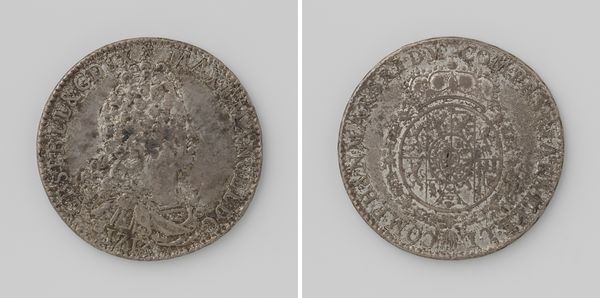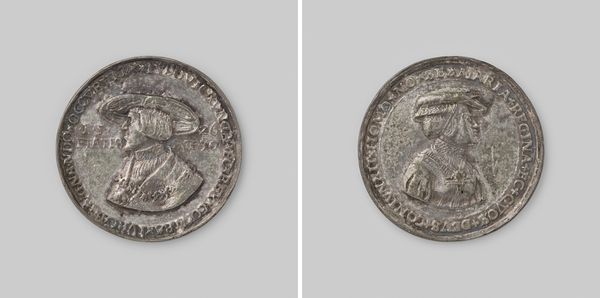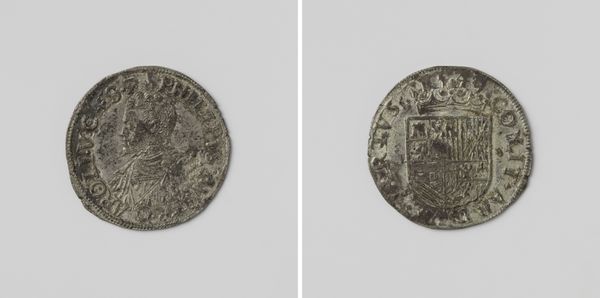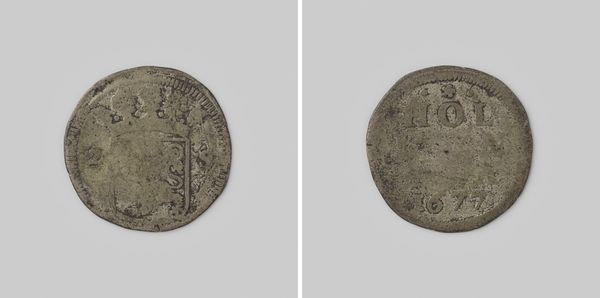
print, metal, relief
#
baroque
# print
#
metal
#
relief
#
ancient-mediterranean
#
decorative-art
Dimensions: diameter 1.7 cm, weight 0.77 gr
Copyright: Rijks Museum: Open Domain
Editor: Here we have a Dutch "Broom" Stuiver from 1739, a coin made of metal, belonging to the decorative arts. It looks like it's been through a lot, with noticeable wear and tear. It gives a tangible link to the past! What kind of stories do you think this little coin holds? Curator: Indeed! Beyond its face value, such objects are steeped in symbolic language. Consider the "broom" itself. In this era, it likely symbolized Holland's industriousness, a cleaning away of problems, both literally and figuratively. Think about how potent that imagery would have been during a time of economic or political turbulence. Does it evoke any particular associations for you? Editor: The broom as a symbol of order and cleanliness definitely resonates! Was that common imagery back then? Curator: Yes, and the image goes deeper. We have to ask ourselves, what is being swept away? Who is doing the sweeping? Coinage like this imbeds cultural values and subtly reinforces power structures. In some instances, brooms are also apotropaic, used to ward off evil. Currency can carry such powerful cultural narratives! Editor: That's a completely different way to look at something as simple as a coin! It makes you wonder about all the other hidden meanings in everyday objects from the past. Curator: Precisely! By examining these visual shorthands, we can uncover how a culture perceived itself and the world around it, revealing its aspirations, anxieties, and ingrained beliefs about wealth and security. Each coin becomes a miniature mirror reflecting a shared past. Editor: I'll never look at a coin the same way again. Thanks! Curator: My pleasure. Always look beneath the surface – the richest meanings often lie hidden in plain sight.
Comments
No comments
Be the first to comment and join the conversation on the ultimate creative platform.
